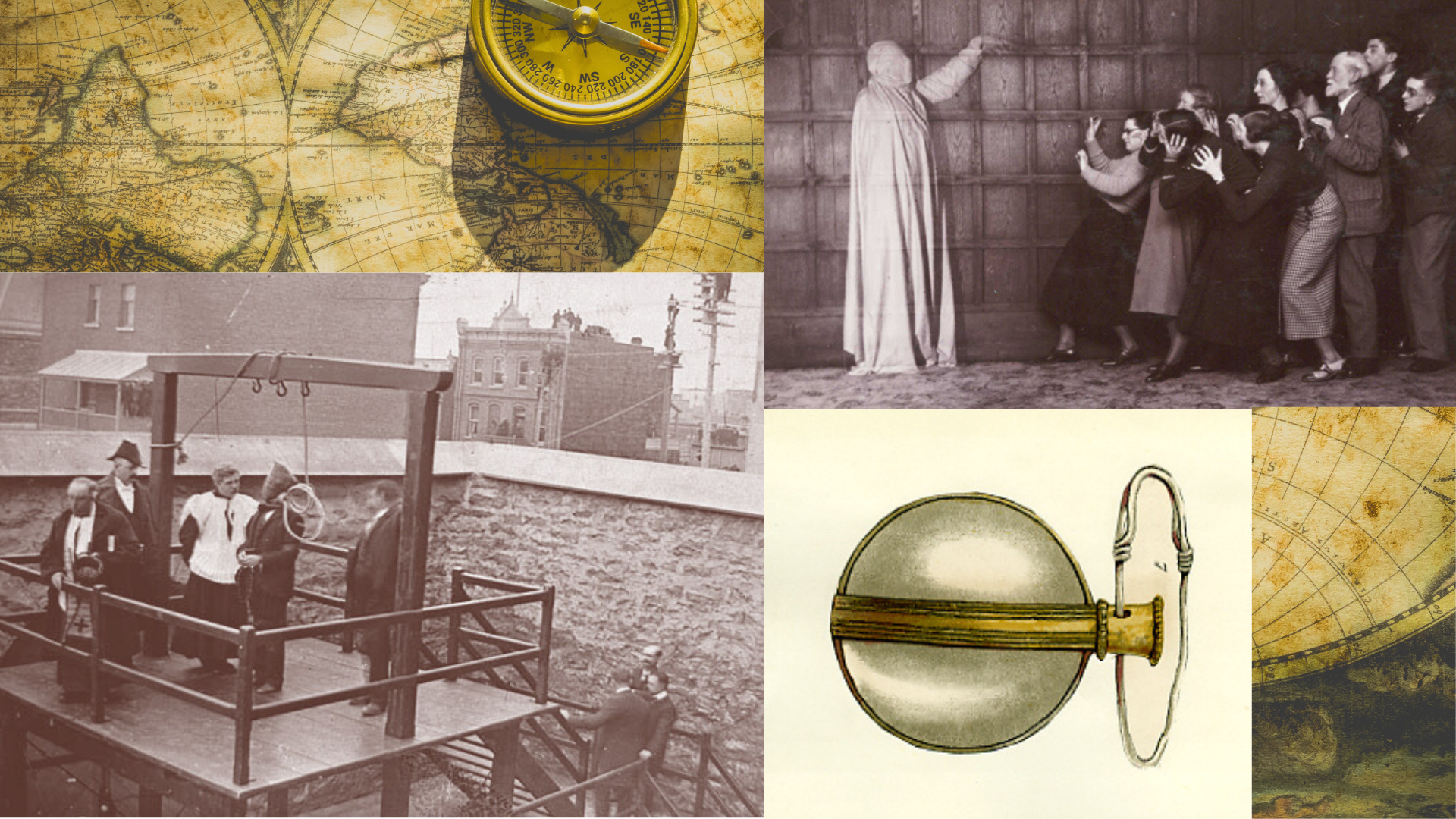

Professors Benjamin Bryce (left) and Kelly McCormick were each awarded a 2021 Insight Development Grant for their respective projects by the Social Sciences and Humanities Research Council.
Congratulations to UBC History professors Dr. Benjamin Bryce and Dr. Kelly McCormick, who were each awarded a 2021 Insight Development Grant for their respective projects, “Settler Vines: Migrants, Science, and Environment in Canada and Argentina, 1890-1940”, and “The Cameraman in a Skirt: A New Visual History of Modern Japan.”
The Social Sciences and Humanities Research Council Insight Development Grant supports research in its initial stages. The grants enable the development of new research questions and experimentation with new methods, theoretical approaches, and ideas.
The details about the winning projects can be found below, or click here for the full list of 2021 Insight Development Grant winning projects.
Settler Vines: Migrants, Science, and Environment in Canada and Argentina, 1890-1940
Applicant: Benjamin Bryce
Collaborators: Marcel Martel, Donna Senese, Adrian Shubert
Project Description
How is it that after similar starts in the late nineteenth century, the Argentine wine industry slowly rose to global prominence while Canadian producers continued to serve domestic markets? Growers on the north shore of Lake Erie (and later in the Okanagan Valley) and at the foot of the Andes in Mendoza started in a similar moment of mass migration and economic expansion in the late nineteenth century. The new landscapes that vines created resulted from immigrants’ initiative and agricultural knowledge, and growers in North and South America drew from similar agricultural science from Europe. Yet starting in the 1920s, the wine industries in Canada and Argentina began to diverge significantly.
This comparative history looks at two separate wine regions between 1890 and 1940. The comparative approach will challenge assumptions about firsts, belatedness, or uniqueness. Looking at the Canadian and Argentine wine industries as illustrative case studies, this new research project examines the broad combination of migrant agency, the transfer of agricultural practices across the Atlantic, consumer preferences, and government policies. It engages with other comparisons of wheat and beef production in the two countries which point to science and government policies as crucial features of the rise of two of the world’s biggest exporters by 1914. Yet wine followed a different path. Consumer preferences and imports from Europe stifled local growers in both Canada and Argentina. Canadian consumers imbibed many kinds of alcohol, thereby diminishing wine consumption. Spanish and Italian exporters saw Argentina as a viable market, which lessened the need for domestic production. This research will contribute a greater understanding of how one commodity and migrants remade landscapes in the Americas, importing new plants and agricultural practices onto Indigenous lands.
The Cameraman in a Skirt: A New Visual History of Modern Japan
Applicant: Kelly McCormick
Project Description
This two-part project is made up of a book manuscript and digital humanities project that each write new histories of gender and visual culture in modern Japan.
Dr. McCormick’s book manuscript, The Cameraman in a Skirt moves beyond focus solely on the photographic image to investigate how the development of the complex network of government agencies, corporations, galleries, social movements, and mass press outlets formed the structures of camera-centered power as Japan became the world’s leading producer and consumer of cameras. By addressing the histories of women such as Yamazawa Eiko, Sasamoto Tsuneko, and Tokiwa Toyoko, and the female students of the All Japan Student Photography League who broke into the male dominated sphere of the Japanese photography world, this project studies the changing relationship of women and the visual culture of modern Japan. This book frames the move away from women as objectified subjects in front of the camera to active photographers as a moment of significant empowerment. At the same time, it complicates this shift by addressing the mass practice of photography as propaganda during World War Two and the camera’s significant role in rehabilitating the international image of Japan as a leading source of cutting-edge design. Ending with an examination of the women who used their cameras in protest of industrial pollution and in support of the protest movements of the late 1960s, this book seeks to understand how photographs made new forms of political protest possible.
“Behind the Camera: Gender, Power, and Politics in the History of Japanese Photography” is a digital humanities website with chronological teaching modules from the 19th through 21st centuries. Each module will include a short video lecture, digitized primary source materials translated from Japanese to English, an image gallery, and an annotated bibliography of related secondary sources in English and Japanese. This project furthers methodological approaches to the study of women’s history and photography around the globe and contributes to the research and pedagogical needs of scholars who may not have access to Japanese language sources or physical archives in Japan. Formed in collaboration with Dr. Carrie Cushman at the Davis Museum at Wellesley College, this interdisciplinary resource will be a point of connection for photographers, curators, and members of the public who have shown great interest in the histories of women photographers.


